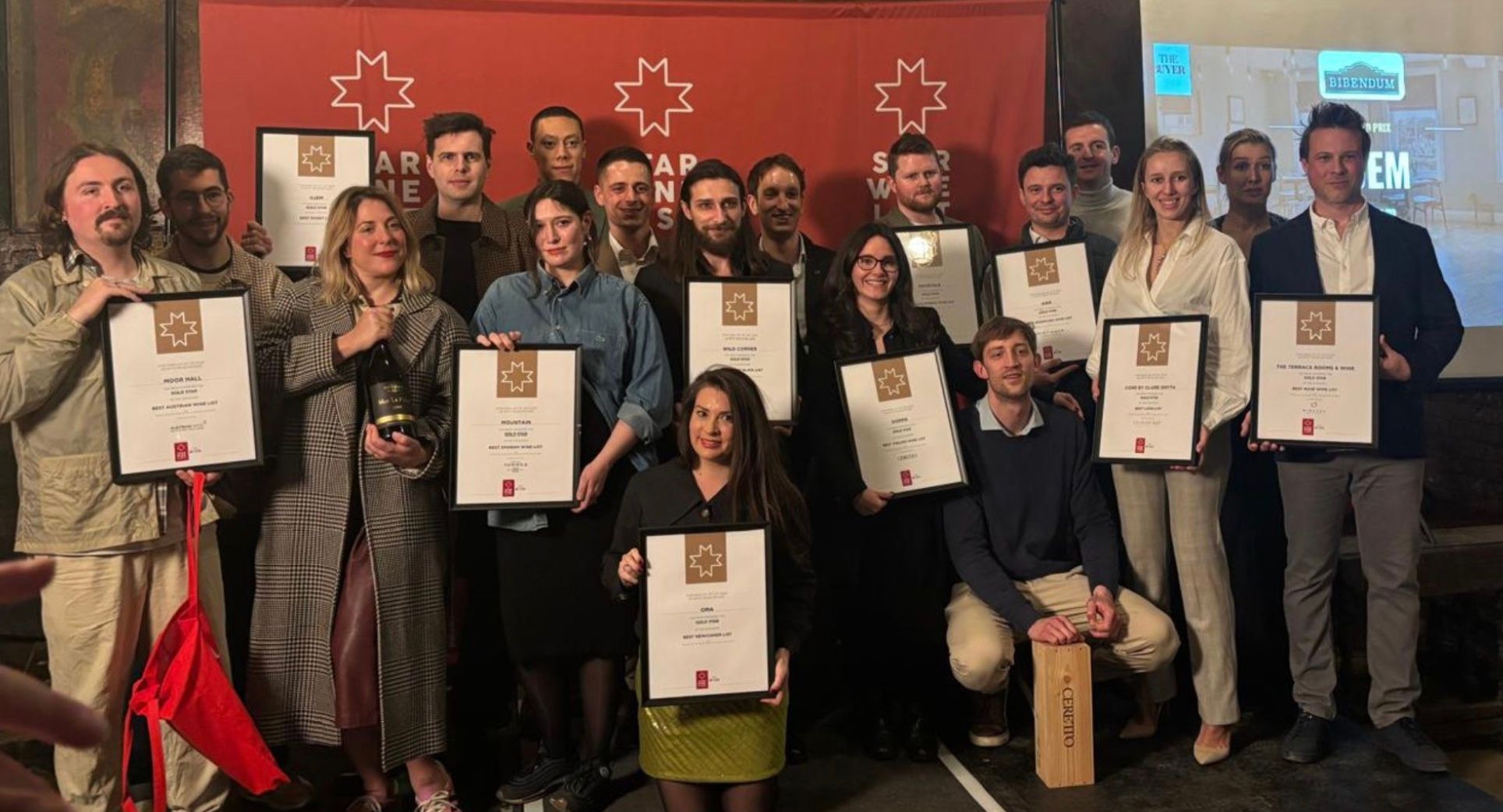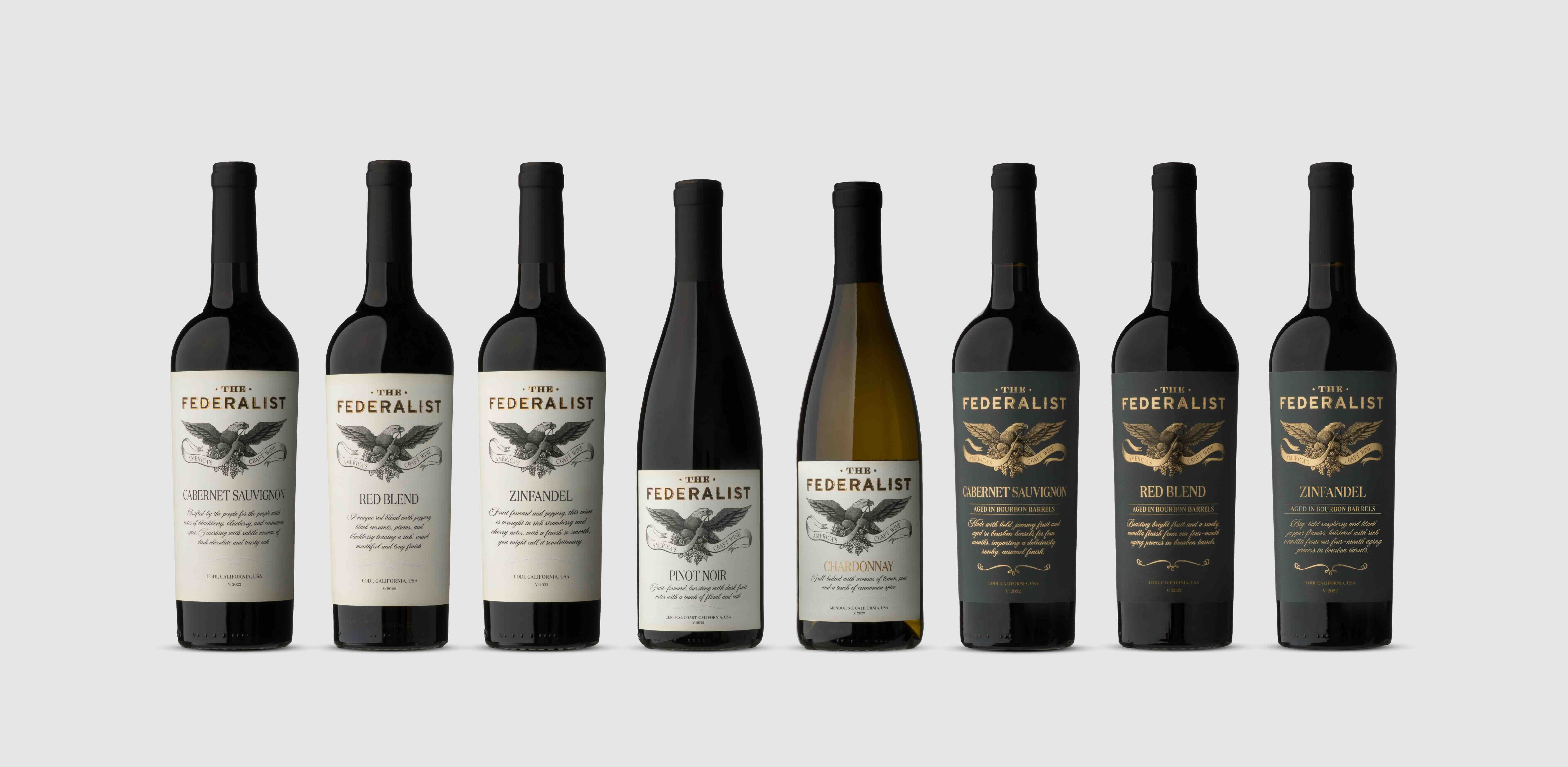There are a number of odd things about Bordeaux dry white wine. The first is that not enough people seem to drink it. The second is that Bordeaux vintners make more dry white wine than red. Ask most wine lovers what they know about Bordeaux and they will probably mention red wine, and then reel off some of the wines listed in the 1855 classification, most likely First Growths such as Lafite and Latour. If they do mention a white wine it would probably be a Sauternes ‘stickie’ or, to be precise, Chateau D’Yquem.
The truth is that the Bordelais produce 64 million bottles of dry white wine every year, the other fact is that the quality is very high indeed. Just to prove the point the Bordeaux wine council the CIVB flew me to this marvelous city for an eye-opener of a trip, and I came away convinced of the enormous number of excellent white wine and rosé producers there and the versatility and value to be found.

Well, you’re not going to drink a Claret are you?
I am a big fan of red Bordeaux and have many, many cases of red Bordeaux – from First Growth right down to non-classified but when eating oysters and sea snails with garlic mayo while watching the sun disappear into the Archachon Bay on Cap Ferret, you know that only a crisp white will do. And, in true ‘terroir de cuisine’ French culinary tradition these whites have to be from Bordeaux.
The grape varieties are primarily Sauvignon Blanc, Semillon and Muscadelle with the percentages of each blend down to what of the predominantly two styles the winemaker is after. If they are based in Pessac-Leognan or Graves, the style is well-structured, or if they are in Cotes de Bordeaux, Entre-Deux-Mers, Cotes de Bourg or Cotes de Blaye the style will be refreshing and fruity.
The Pessac-Leognan or Graves are wines that are more complex and age well, while the wines from Cotes de Bordeaux, Entre-Deux-Mers, Cotes de Bourg or Cotes de Blaye are refreshing, fruity wines that are best drunk three years after they have been bottled.
I visited wineries throughout the area, went to Bordeaux wine school, tasted them with locally-produced caviar from Sturia (France is one of the top caviar-producing countries now with Aquitaine producing an amazing 24 tonnes a year) and drank 30 different whites side by side and I was astonished at how good they are. From now on it’s not just the grand reds I will be buying from Bordeaux. Time will tell whether the British public will demand to see it more on wine lists – it’s a surprising absentee from many restaurants, hotels and bars – and set the record straight.

Caroline Perromat of Cérons
Three standout white Bordeaux
Château de Cérons 2012, Graves
The Perromats are making excellent stickies and reds but this white is stand-out. This is 50% Sauvignon, 40% Semillon and 10% Sauvignon Gris from vines that are at least 25 years old. You really feel you are drinking a fine wine here – the balance between acidity and citrus notes matches a rich brioche flavor all with a silky mouth-feel and nose of white flowers. Possibly my favourite wine of the whole trip.
Château La Louvière 2012, Pessac-Leognan

Château La Louvière
The Lurtons can thank the Ice Age for making this one of the best regions for making white wine. The soil changes from clay, to stony and then shingle with a marine limestone sub-soil all within a few metres giving Vincent the wine-maker of 24 years a wide variety of styles to work with. This is 90% Sauvignon Blanc and has a racy minerality with notes of tropical fruits and a long length. Drink 2016-22.
Château Carbonnieux, 2012, Pessac-Leognan
Active since the 13th century, Carbonnieux has one of the highest locations in the region, the soil being perfectly drained and well suited for producing wines of racy minerality. This is a full-bodied, beautifully poised white that has notes of honeysuckle and lemon zest and subtle wood. Carbonnieux blanc is always distinctively pale in colour. My notes begin ‘Wow!’









































